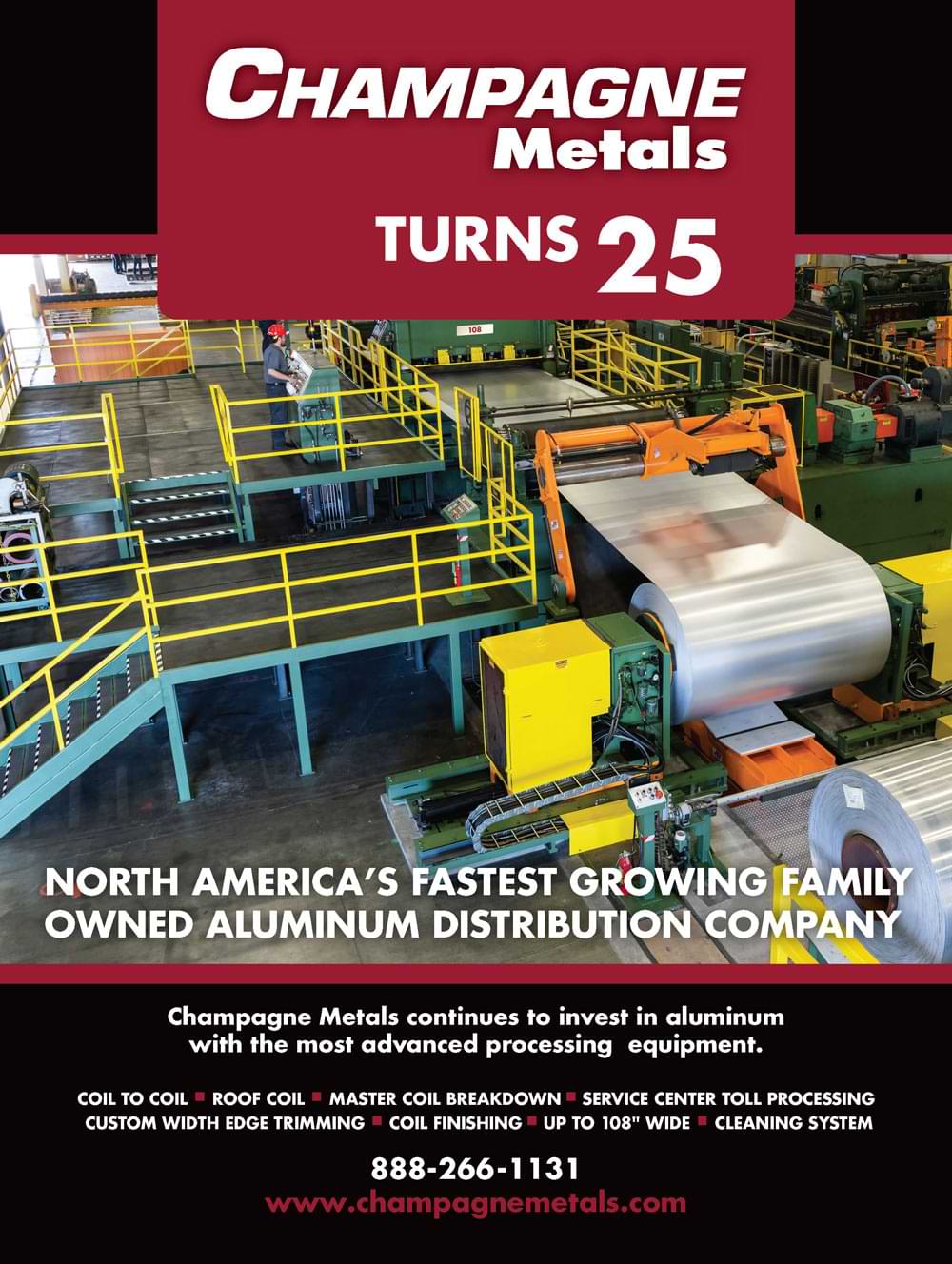
rganizations representing the metals sector expressed jubilance about the Infrastructure, Investment and Jobs Act (IIJA) that was signed into law Nov. 15.
“Passage of this bill means that now is the time to turn promises into projects,” said Philip K. Bell, president of the Steel Manufacturers Association. “We have an urgent need to modernize … roads, bridges, seaports, airports, waterways and energy distribution systems … to keep the wheels of commerce turning. Every $100 billion of investment can incrementally increase steel demand by 4 million to 6 million tons.”
SMA members are gladdened by the provision that prioritizes domestic production. “We are poised to help our country build back better with the cleanest steel available,” said Bell.
Kevin Dempsey, president and CEO of the American Iron and Steel Institute, noted that the legislation calls for the building of more resilient infrastructure to combat the climate crisis, adding, “American steel will provide that resilience.”
“This is a collective victory,” said Max Puchtel, AISC’s director of government relations and sustainability. “It will strengthen our economy and create good-paying jobs by using domestic fabricated structural steel to meet the demand of the future.”
The Aluminum Association’s Virginia Gum Hamisevicz, vice president for government relations, said the package includes “historic investments in electric vehicles charging infrastructure, innovative aluminum bridge funding, an unprecedented investment in transmission lines and making buildings more efficient.”
The nation’s aging patchwork system of power generating plants, transmission and distribution lines, and substations will need extensive upgrades to meet the growing demands for sustainably produced electricity, she said.
The United Steelworkers union supports the implementation of the infrastructure spending package over the next eight years.
USW International President Tom Conway said the law—in addition to funding physical infrastructure—“puts us on a path to rebuild our nation’s human infrastructure. Initiatives like expanding early childhood education, investing in health care, ensuring workplace rights, providing paid family leave and facilitating industrial investments to help combat climate change will supply badly needed resources to workers and their families.”
Among the many programs with great potential to change the paradigm of commerce and logistics, and one that will get some attention through IIJA, is high-speed transit. Please enjoy this month’s cover story on hyperloop, starting on page 16.

